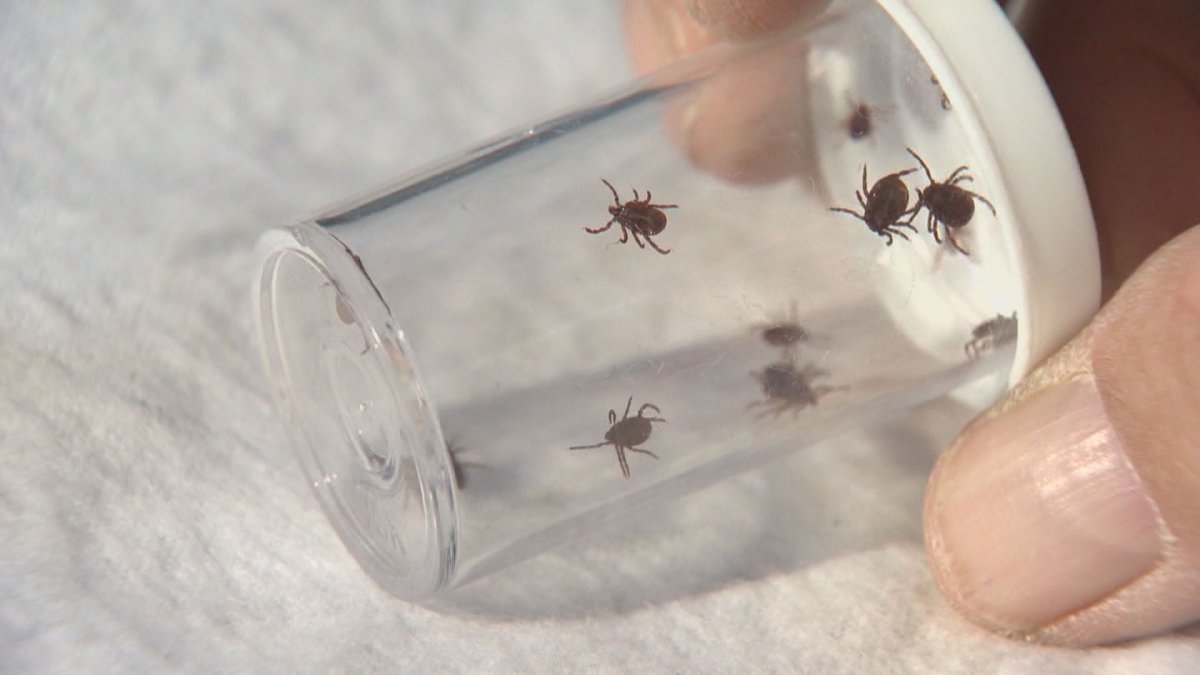It’s that time of year again when Saskatchewan residents are reminded to watch out for ticks over the next few months.

The Saskatchewan government is warning residents to take precautions when spending time outdoors as tick season typically runs from mid-April to the end of July.
The government shared in a release on Wednesday that the most common tick found in Saskatchewan is the American dog tick.
This particular species cannot transmit Lyme disease to people and that the risk of exposure to the disease is low in the province, according to the government.
However, Lyme disease-carrying blacklegged ticks can be found in Saskatchewan, but in rare occurrences. The province says they are introduced by migratory birds in the early spring and remain active throughout fall.
“People should be vigilant and check for ticks on themselves, their children and their pets after being outside,” Saskatchewan chief deputy medical health officer Dr. Julie Kryzanowski said. “Taking precautions against ticks is the best way to reduce the risk of a tick bite.”
The province has recommended a number tick tips for people to keep in mind when exploring the Saskatchewan outdoors this spring and summer.
To prevent tick bites, people are encouraged to wear light-coloured clothes so ticks can be easily seen and fully covered clothing, including pants, long-sleeved shirts and shoes that do not expose bare feet.
- Health task force blasted over ‘dangerous guidance’ for cancer screenings
- Dentists hesitant to sign up for federal dental plan; seniors advised to look at all options
- David Chang’s Momofuku to stop ‘chile crunch’ trademark battle after outcry
- Preventing future pandemics goal of new U.S. partnership with 50 countries
Outdoor recreationists are also advised to pull their socks over their pant legs to prevent ticks from crawling up their legs and to use insect repellents that contain DEET or icaridin.
If a tick is attached to the skin or on your pet, experts say to carefully remove the insect with fine-tipped tweezers and to grasp the tick’s mouthparts as close to the skin as possible. The tick should then be pulled slowly upward and out with a firm, steady pressure.
People are reminded to not squeeze, crush or puncture the tick’s body after removal and to not apply Vaseline, gasoline or other harmful substances while the tick is attached.
The government is offering the opportunity for residents to submit photos of a tick found on humans or animals by using its eTick online system. Ticks should be kept in a secure container until an identification result is received.
Officials suggest placing ticks in a bag and storing them in a freezer for 24 hours in order to euthanize them.
According to the government, 969 ticks were identified in 2021 in Saskatchewan, with 15 being blacklegged ticks. The province says nine were submitted for testing and none of them tested positive for the Lyme disease bacteria.





Comments